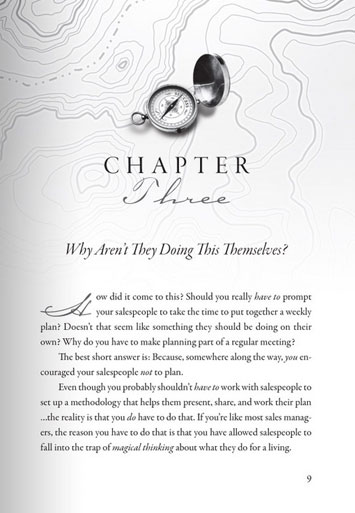If you want to self- publish you need to take into account standard book sizes.
I was slightly peeved to discover that if I wanted my novel to be printed by CreateSpace or Lightning Source to look like an english paperback, it could only be printed on white paper. This of course makes it
unlike any other novel published in the UK which are all printed on cream paper.
Only non-fiction is printed on white.
The standard size for a UK paperback is 7.75 x5 inches (181 mm x 111 mm) - or near enough. I know because I've been measuring paperbacks all week! Standard sizes in the UK are different from standard sizes in the US.
US books are bigger. (Maybe they have bigger houses and bigger bookshelves?!)
The mysteries of paper sizing, with fancy words such as 'folio' and 'octavo' are listed
here on Trussel's booksize website. Meanwhile, here is some pictorial help:
 |
left to right, standard UK paperback, standard US paperback,
self published UK paperback, self-published US paperback, blockbuster UK Airport edition
|
Nothing on earth explains why publishers seem to think a book needs to be extra large when you are about to get on a plane!
So what should I do?
a.Have the book wider than the average UK paperback so it sticks out on the shelf.
b.Have the book taller than the average paperback so that it looks long and thin.
c.Have white paper and supply free sunglasses to every reader, plus make it an extra large book as you might as well send readers to the airport if they'll need the sunglasses anyway. . .
The most popular US size seems to be 9x6, which means that the book can look a little floppy given that the card used for the covers in Print On Demand books is usually thinner than on most bookshop paperbacks. (The covers also tend to be horribly shiny, or slimily matt, but that's another issue - more on that in another post.)
In the end I opted for 8 x 5.5 which is a standard size in the US and can be printed on cream paper. This makes it close-ish to a UK size, just a little taller and wider. Of course it would be less pages if it was 9 x 6, (see the fourth book along) and therefore cheaper to produce, but it might end up floppy, and I want
quality, so decided to pay more to get the effect I want, which is as near to standard as possible.
More about self-publishing and print on demand? Karen Inglis's
excellent site might be of use.

I have no idea whether paperbacks have always been the size they are now. I seem to remember some Penguin books being smaller, but I might be mistaken. But whilst trying to find out, I came across this: -Apparently by the 1950's it was common to hire people to illustrate scenes from the book, no matter how ridiculous, or no matter how much more appropriate a photo would have been. Needless to say, I shall not be following this example on the left, which according to
http://vintagepaperbackarchive.com/blog/ wins the prize for the most ridiculous use of original artwork. I love the attempt to generate an interest in the reader through the swishing brooms and lurid colour.








